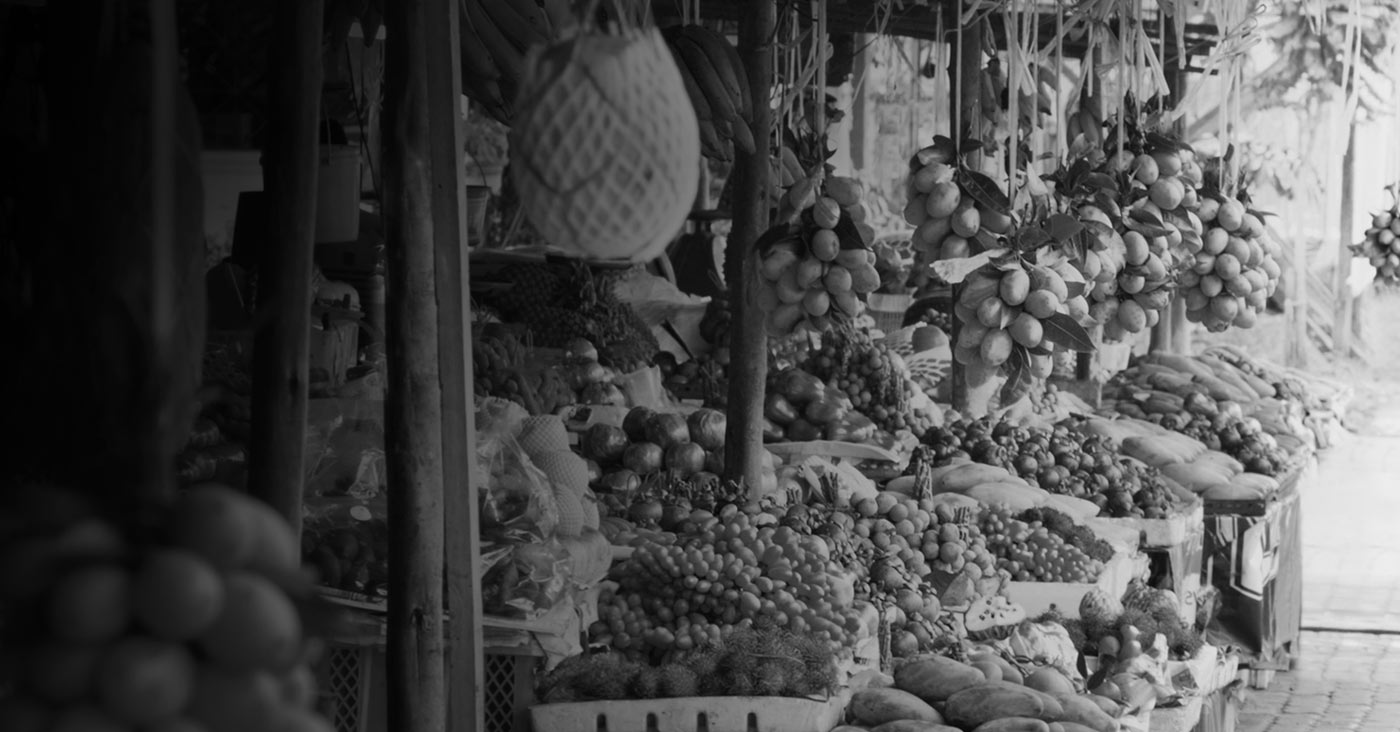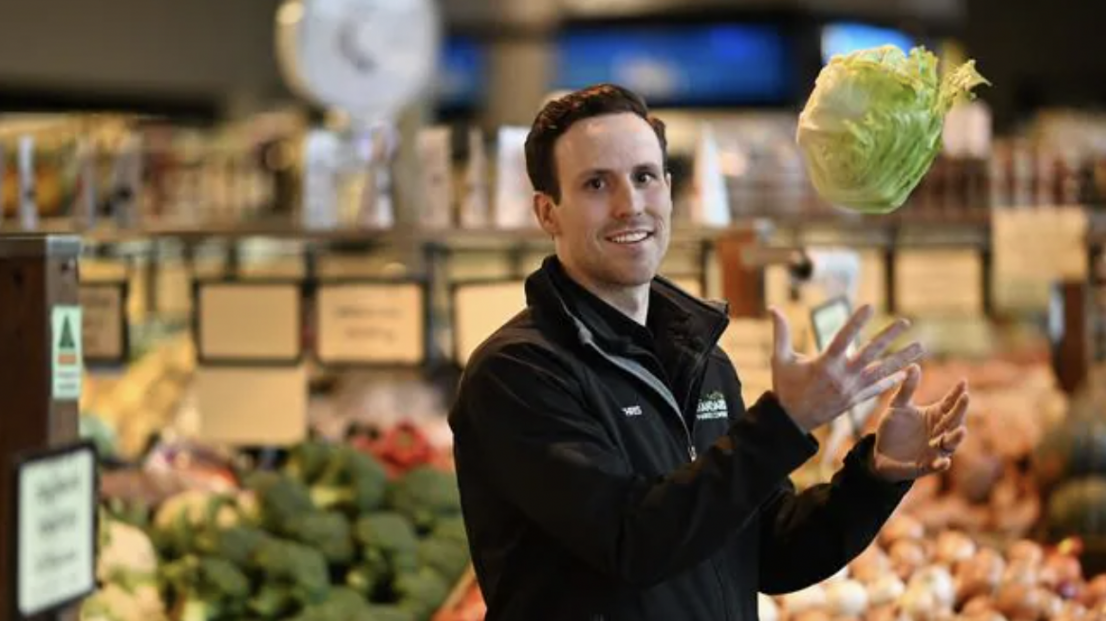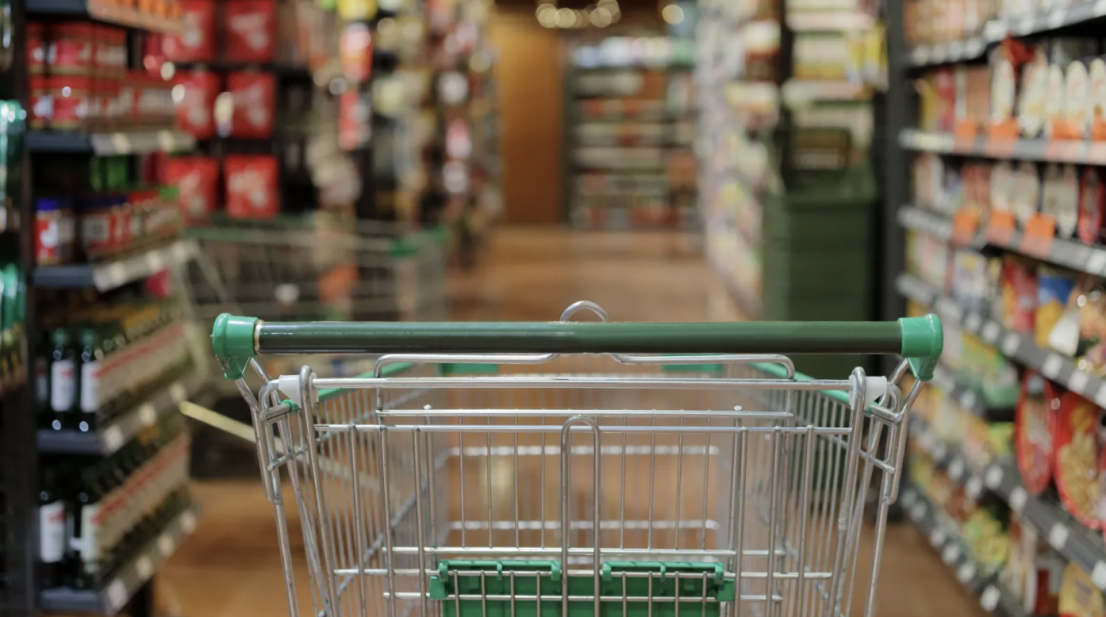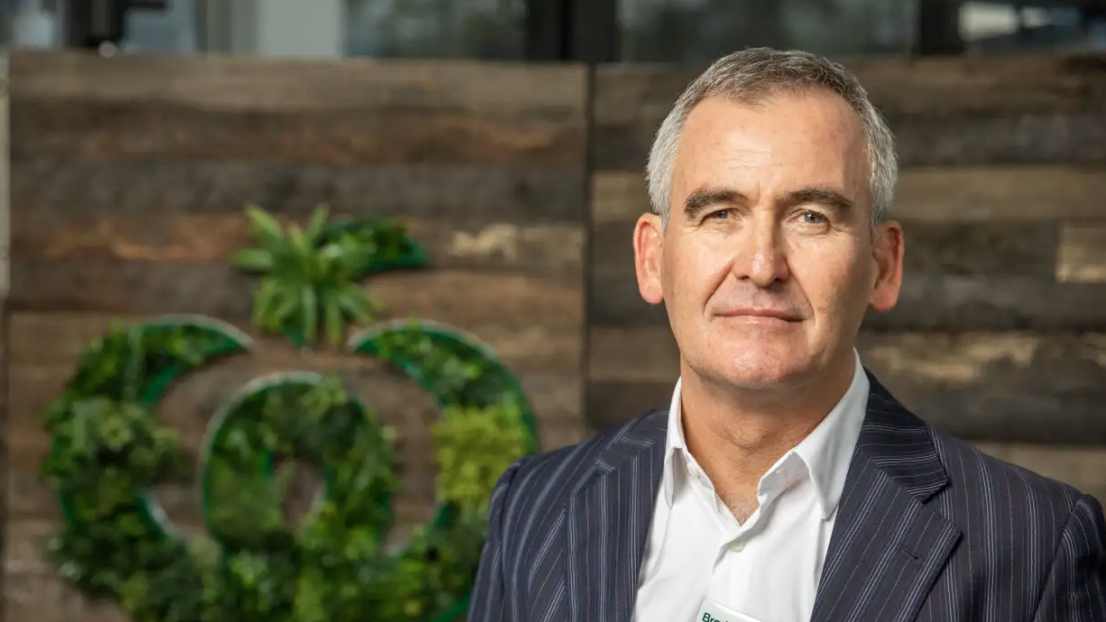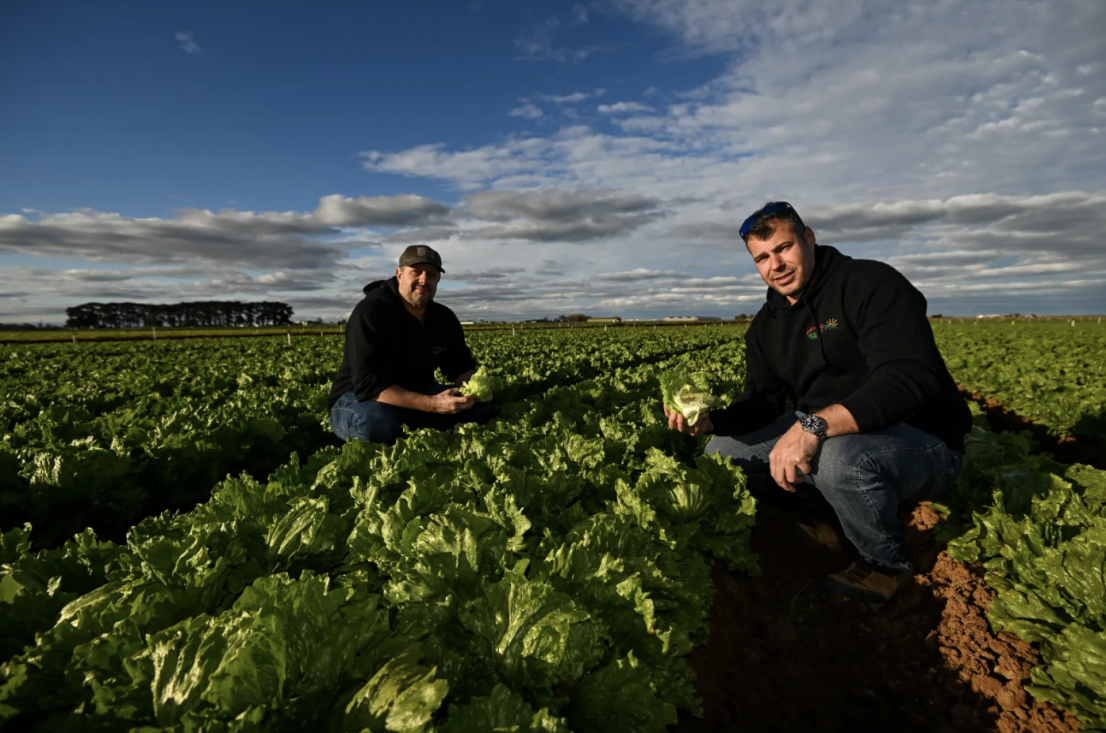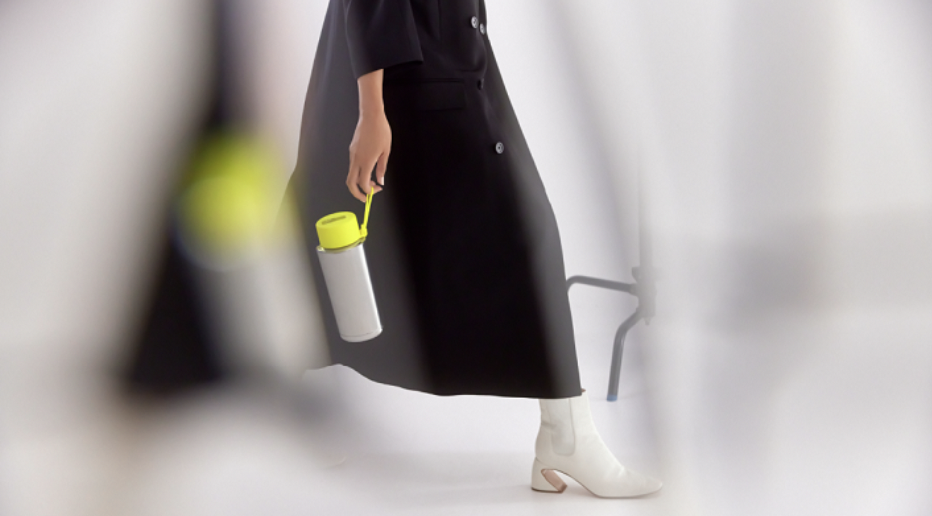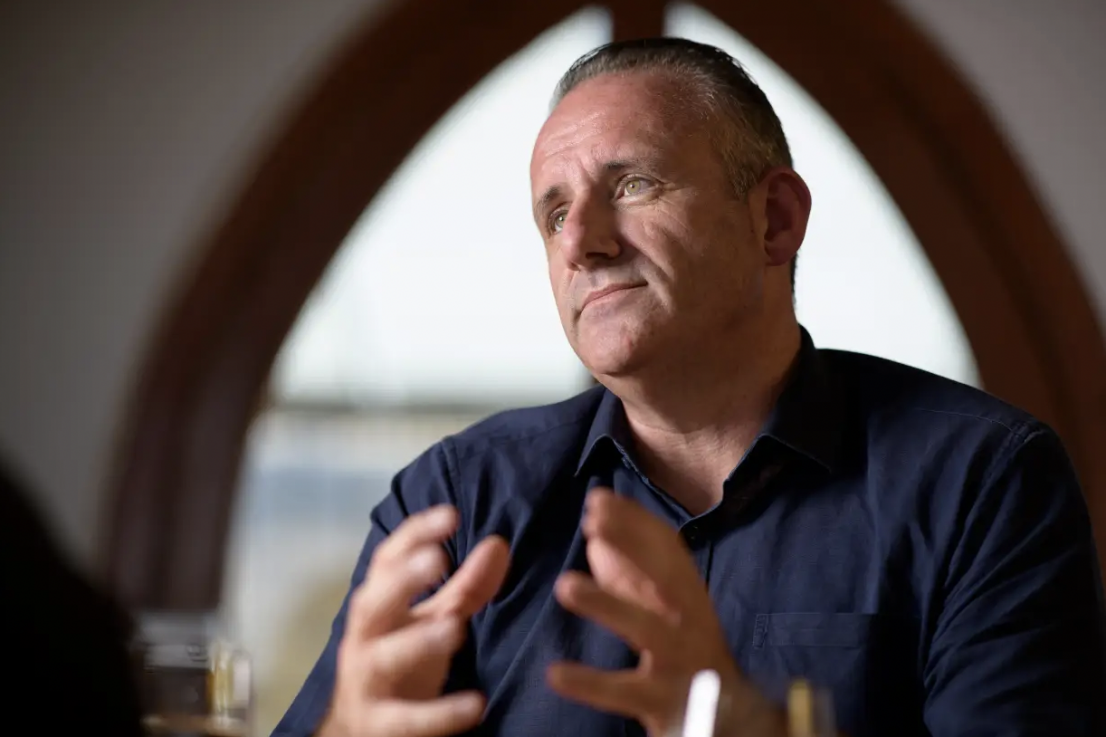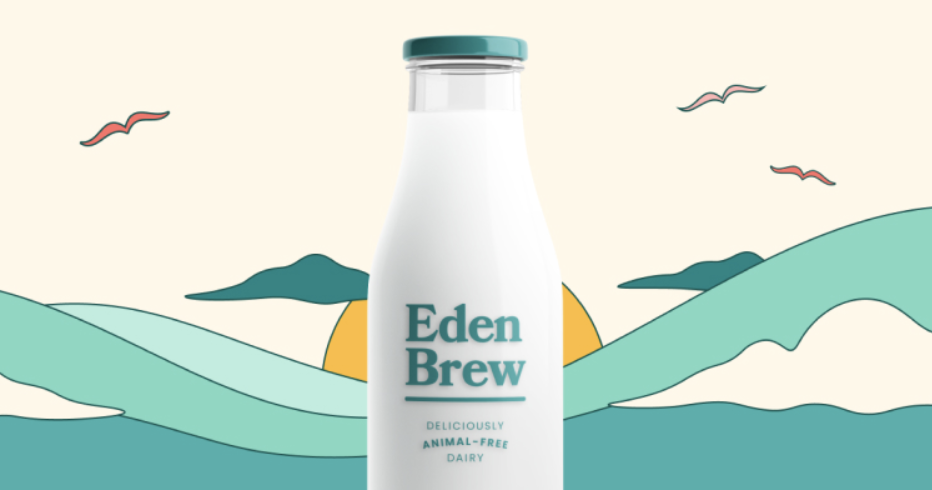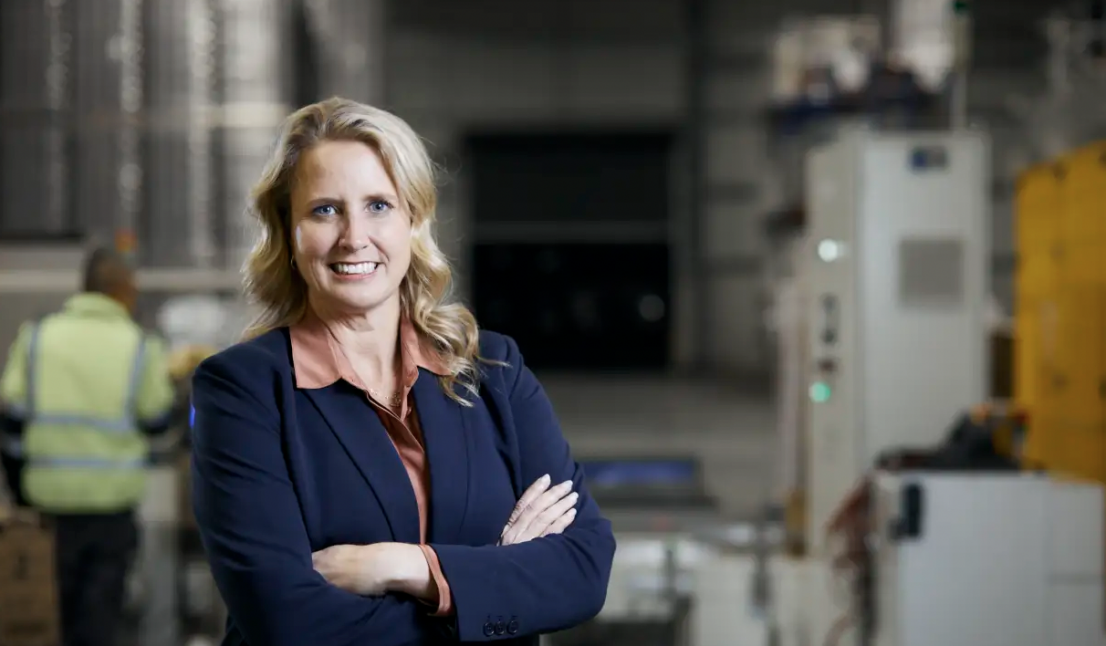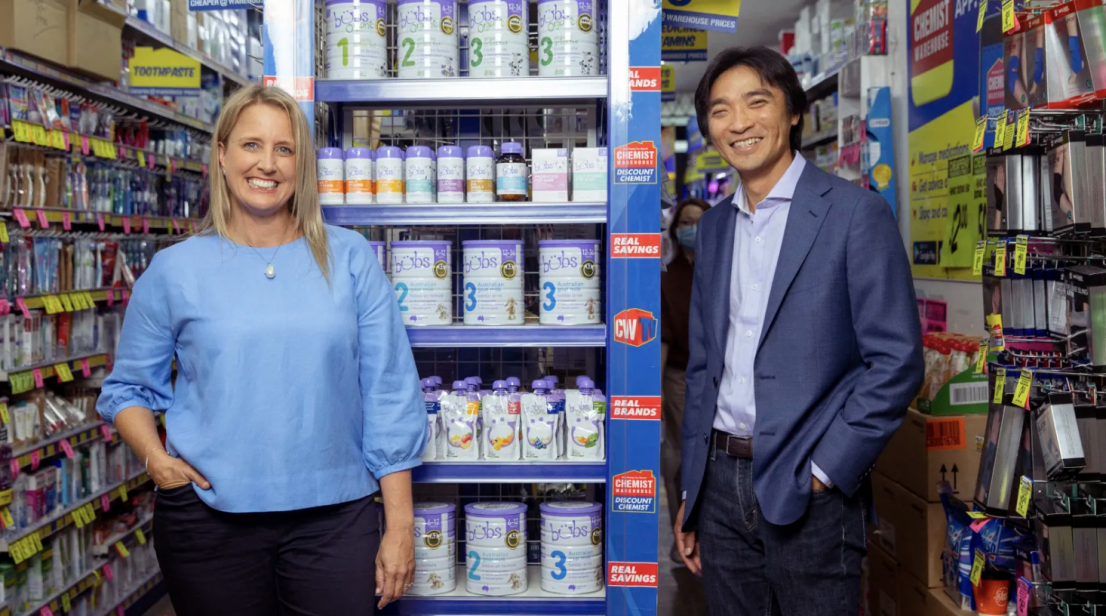
Bubs Australia chairman Dennis Lin has said he is confident the infant formula maker can continue to supply the giant US market in the long term after the company announced a $63 million capital raising.
The ASX-listed company has so far delivered 360,000 of 1.25 million tins of baby formula to the US through a temporary enforcement discretion scheduled to end on November 14, but Lin said the company was in discussions with the regulator to provide ongoing supply to the world’s biggest economy beyond this cut-off date.
“Overall, our confidence is relatively high in being able to continue to supply American families in whatever shape or form, regulatory-wise, beyond the 14th of November. We’re just working with the [FDA] in terms of how that might look for it to be seamless,” Lin said.
The US, which is still grappling with an infant formula shortage that began in February, is experiencing out-of-stock rates of 74 per cent, according to retail tracking data. Lin doesn’t expect the shortage to ease until September. “This is far from a short-term thing,” he said.
On Tuesday, the company went into a trading halt after announcing a $63 million capital raising. The funds will be used to increase the number of staff and turbocharge its Melbourne manufacturing facility.
The equity raising to take place consists of a $32.4 million institutional placement and a $30.6 million entitlement offer.
The equity raising is expected to raise 121.2 million new shares, or 19.8 per cent of Bubs’ existing shares, at $0.52 per share, which is an 18.8 per cent discount on the price of $0.64 when Monday trading closed.
“We’re raising money not because we’re in trouble. We’re raising money because we need growth capital,” Lin said.America’s formula crisis was triggered after a major manufacturing plant of Abbott Laboratories, the biggest baby formula supplier in the US, was forced to shut down in February after a serious bacterial infection from formula manufactured in that plant made four infants sick, two of whom later died.
“We have a window here where our product is good for Australia, China and the US. That means we don’t need to be sanctioning different base ingredients or even different packaging for six of our core infant formula products for three of our core markets,” Lin said.
Around $11 million will be used on operating expenses in the US, including marketing, administration, employment, and consultancy fees.
The final $3 million will go towards covering the cost of the capital raising itself.
Bubs Australia has been working alongside the Biden administration to airlift millions of its products through ‘Operation Fly Formula’. A fourth plane carrying 90,195 tins of baby formula will soon arrive in Philadelphia.
The country’s infant formula shortage has fast-tracked its progress in the US market by 18 months, according to Bubs founder and CEO Kristy Carr.
While Bubs gains a stronger foothold in the US market, dual-listed dairy giant A2 Milk is still awaiting approval from the US FDA through the same fast-tracked process that gave Bubs Australia the green light more than a month ago.
On June 28, organic Australian baby food and formula company Bellamy’s Organics was granted US FDA approval to ship two of its formula products to the US. Bellamy’s has committed at least 696,000 tins, with 300,000 ready for immediate delivery.
American parents were also reportedly stockpiling baby formula during the COVID pandemic, which also disrupted global supply chains.
Abbott’s Michigan plant was cleared to restart production in early June, and was open for less than two weeks before flooding from severe storms forced it to close again.
Prior to the US FDA’s exceptional enforcement discretion that temporarily permits global infant formula manufacturers to supply products, about 90 per cent of the US market was tightly held by three key players: Abbott’s, Reckitt and Nestlé.

